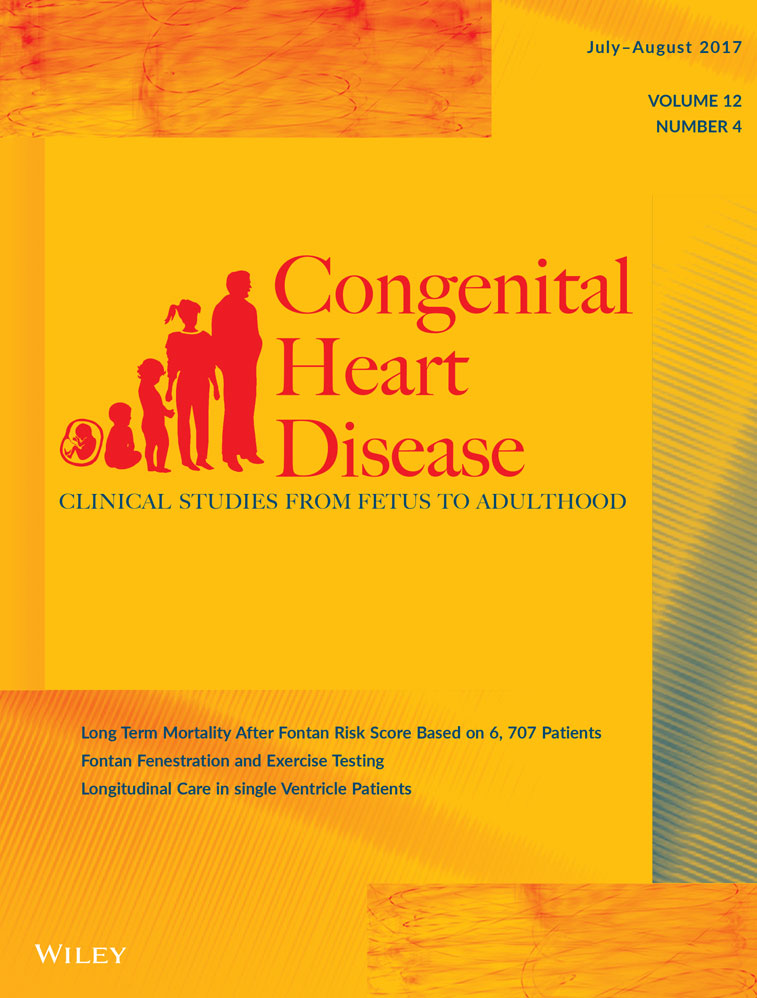Rates of autism and potential risk factors in children with congenital heart defects
Funding information: This work was supported by a grant from the Fannie E. Rippel Foundation, an American Heart Association National Grant-in-Aid (9950480N), HL071834 from the National Institutes of Health, and the Daniel M. Tabas Endowed Chair in Pediatric Cardiothoracic Surgery
Abstract
Objective
Atypical development, behavioral difficulties, and academic underachievement are common morbidities in children with a history of congenital heart defects and impact quality of life. Language and social-cognitive deficits have been described, which are associated with autism spectrum disorders. The current study aimed to assess the rates of autism spectrum disorders in a large sample of children with a history of congenital heart defects and to assess medical, behavioral, and individual factors that may be associated with the risk of autism spectrum disorders.
Design
Participants included 195 children with a history of congenital heart defects, who are followed in a large-scale longitudinal study. Measures included behavioral data from 4-year-old neurodevelopmental evaluations and parent-report data from a later annual follow-up.
Results
Using established cutoffs on an autism spectrum disorder screener, children with congenital heart defects showed higher rates of “possible” autism spectrum disorders than national rates, (Chi-square Test of Equal Proportions), all Ps < .05. A stepwise variable selection method was used to create a “best prediction model” and multivariable logistic regression was used to identify variables predicting diagnostic status. Factors associated with diagnostic risk included medical (delayed sternal closure, prematurity, positive genetic findings), behavioral (cognitive, language, attention issues), and individual (socioeconomic, cultural/racial) variables. ROC analyses identified a cutoff of 7 to maximize sensitivity/specificity based on parent-reported diagnosis.
Conclusions
Risk of autism spectrum disorder screening status in children with congenital heart defects was higher than expected from population rates. Findings highlight the need for referral to a specialist to assess the presence and severity of social-communication issues and congenital heart defects population-specific screening thresholds for children with concern for autism spectrum disorders.




